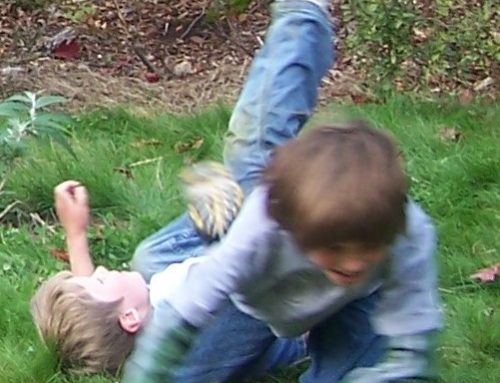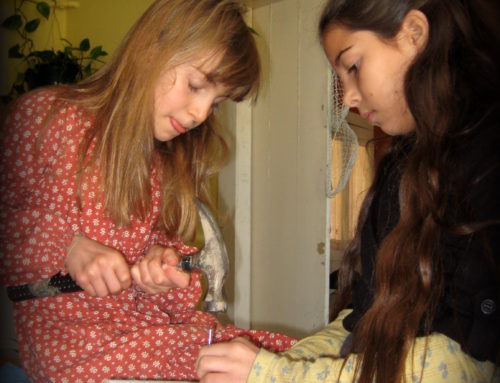Child as a Category: Are 3 year olds and 13 year olds really that similar? Are 16 year olds and 18 year olds really that different?
After speaking with my now 17 year old friend (who I’ve known since she was one) about the phase of life she’s in~ this place that, as society and culture has constructed it, is somewhere between childhood and full adulthood~I felt inspired to share some reflections on childhood as a category, why it doesn’t really make sense and how it becomes a limitation.
Diversity of people
As we examine our social construction of childhood, it becomes useful to examine our notions of the “child” and whom such a label includes. In speaking of “children” we are really speaking about a diverse group of people at diverse stages of development. Not only is the reality of a three year old quite a different experience than that of a “child” of fourteen, but the reality of fourteen year olds varies greatly from person to person and place to place. We use the word “children” to refer to people from toddlers of three to adolescents who are biologically capable of being parents. The whole notion of child and childhood is, to a great extent, a social construct. In historical perspectives of youth and childhood, historians Thomas Hein (The Rise and Fall of the American Teenager) and John Sommerville (The Rise and Fall of Chlidhood) illustrate that the perceived uniformity of people of a certain age is largely a product of society and culture.
Age does not always equal maturity…
There are certainly physical and psychological aspects of difference between younger people and older people. While this can be in some senses a gross indicator, the line of eighteen years we have prescribed between adulthood and childhood does not divide people distinctly different from one another. We assume that age and maturity go hand in hand but, while there may be a rough correlation, in reality the two are not intrinsically related. Jessica Kulynych, in her article “No Playing in the Public Sphere: Democratic Theory and the Exclusion of Children” writes, “Age alone is not a useful indicator of one’s capacity for self-determination”. Some people at fifteen have a greater sense of maturity and self-responsibility than others who are well into adult life, even old. Reading examples of accomplished young people throughout history (Thomas Hein and John Holt present a few), it becomes apparent that some people at sixteen have accomplished more and had more responsibility than others will have in their entire lives. John Holt, (1974) in Escape from Childhood, describes life as a sort of arc of growing and learning on which we have made an arbitrary line before which is childhood and after which is adulthood. People do not stop growing and maturing at the age of eighteen and (thankfully) continue the processes through life. What adulthood really means, I’m not even sure except that you have full political access and society begins viewing you differently. You are considered beyond hope of being saved from your own stupid decisions or at least that such constraints on personal liberty such as we exercise toward children, can no-longer be justified. (I would argue that our justification for such constraints on children is also flawed. See my paper Age Discrimination and Paternalism Toward Children- send me a message and I’ll get it to you.)
In the words of my 17 year old friend, “I’m just me”.
(D-I-S) R-E-S-P-E-C-T
Aside from the diversity of people it includes, the problem with such a label as child is that we start to see the person labeled child as inferior and allow it to apply a different quality of respect than we would give someone who is not labeled a child. Marshall Rosenberg, in teaching Nonviolent (or Compassionate) Communication, illustrates this through the following exercise. He divides a group in two and gives them each the same conflict situation. He tells one group that the conflict is with a neighbor and the other group that it is with their child. After spending time in separate groups discussing how to address the conflict, the two groups come back together and share their approach (both thinking the situation is the same). He asks the groups if they can see a difference in degree of respect and compassion in the communication of the two groups. Every single time he has done this, the group having a conflict with the child is seen as less respectful and compassionate. In conclusion, he writes: “This painfully reveals to people in these groups how easy it is to dehumanize someone by the process of simply thinking of him or her as “our child” .
Coming Into Equality…
While we can acknowledge that there are differences between younger and older people, as Rosenberg so poignantly illustrates, it is important to examine what we have allowed such differences to mean. Jean Baker Miller (1986) in her book Toward a New Psychology of Women discusses temporary inequality, such as that which exists between a more experienced person and a less experienced person- adult and a child. “The ‘superior’ party presumably has more of some ability or valuable quality which she/he is supposed to impart to the ‘lesser’ person[…] The ‘superior’ person is supposed to engage with the ‘lesser’ in such a way as to bring the lesser member up to full parity (equality, equivalence). It is clear then, that the paramount goal is to end the relationship; that is to end the relationship of inequality… “The trouble with this type of inequality[…] is that it exists within a context of a second type of inequality[…] which teaches us how to enforce inequality but not how to make the journey from unequal [having less knowledge ability or experience] to equal” (p. 5). Rather than seeking to bring the ‘lesser’ group- in this case children- into parity, we see such lack of skills, knowledge, and ability, often as justification for limitation and exclusion. Such behavior impairs the ability to gain such knowledge and skills as would help the child reach a state of parity. To reconstruct childhood in a way that supports child autonomy and self-determination, our chief concern and our driving motivation must be to assist children in reaching full parity rather than using their difference to limit and control them.


Wow Elana, this is a really great perspective, and one that all parents and parents-to-be would do well to contemplate… for that matter, it’s something ALL adults would benefit from thinking about. Thank you for sharing.